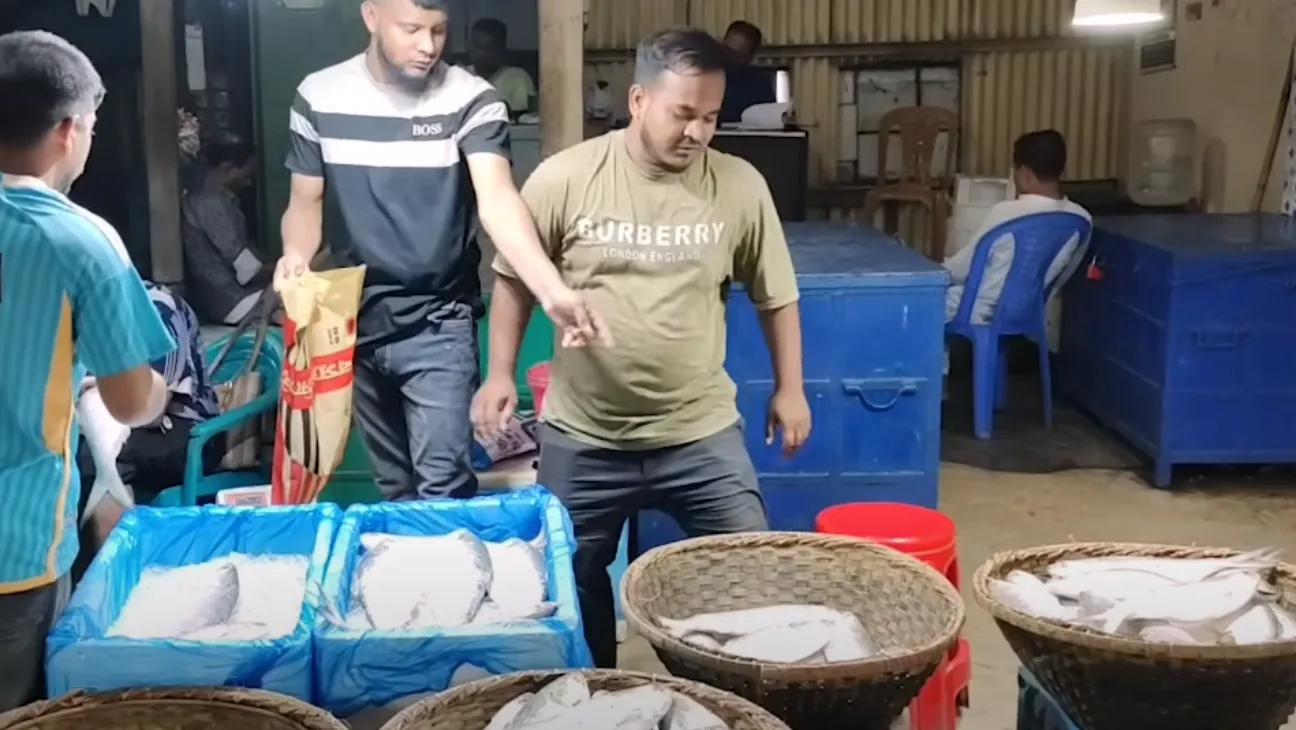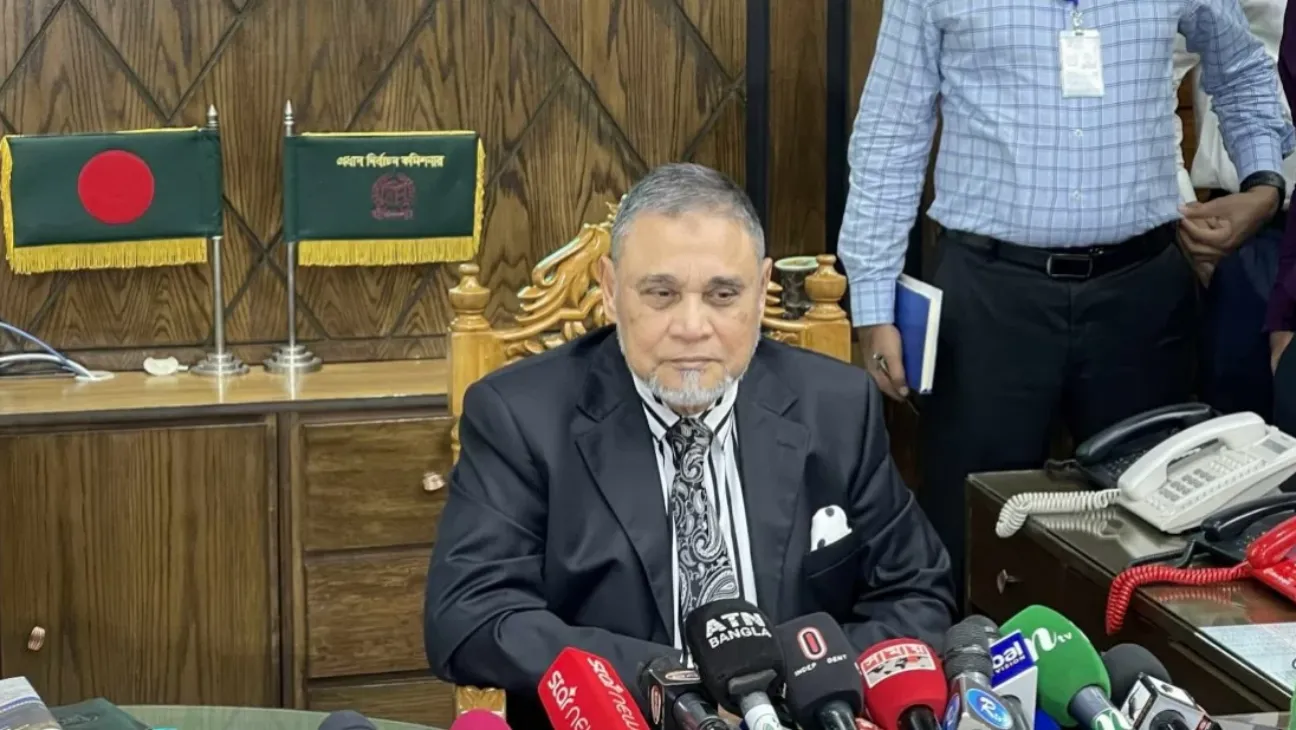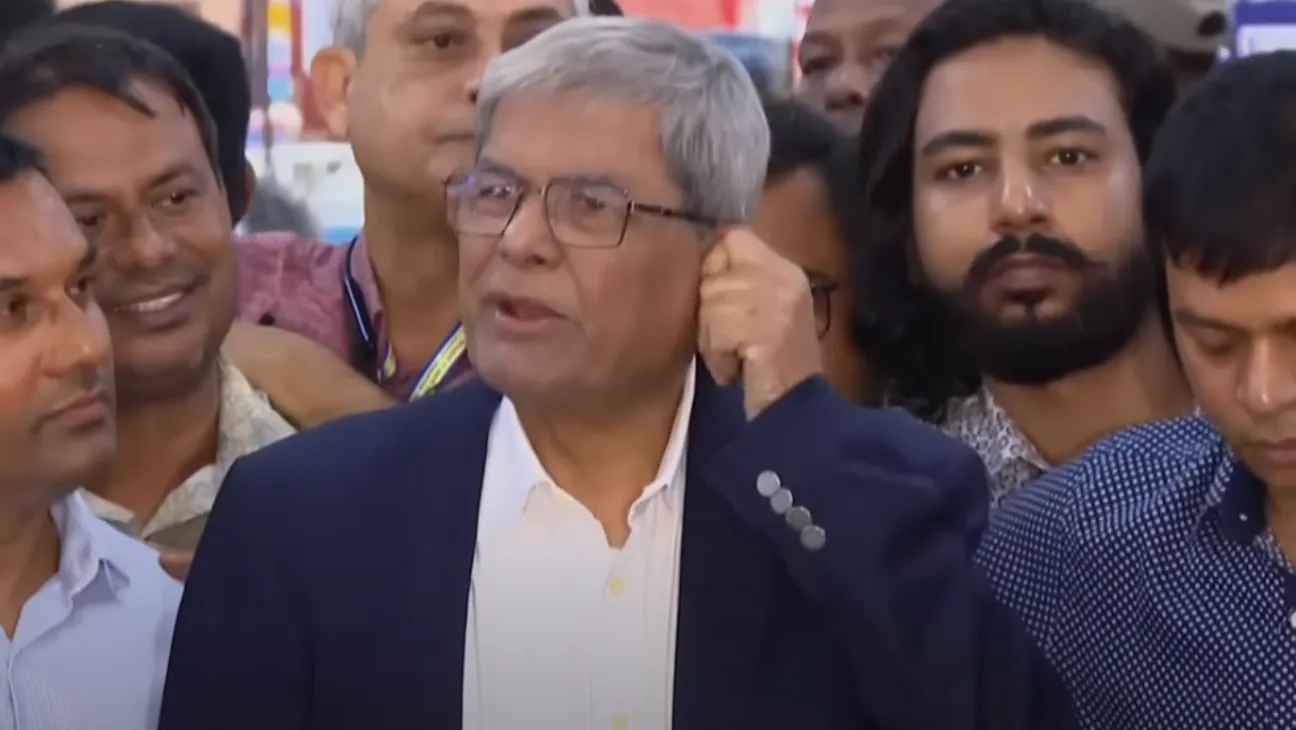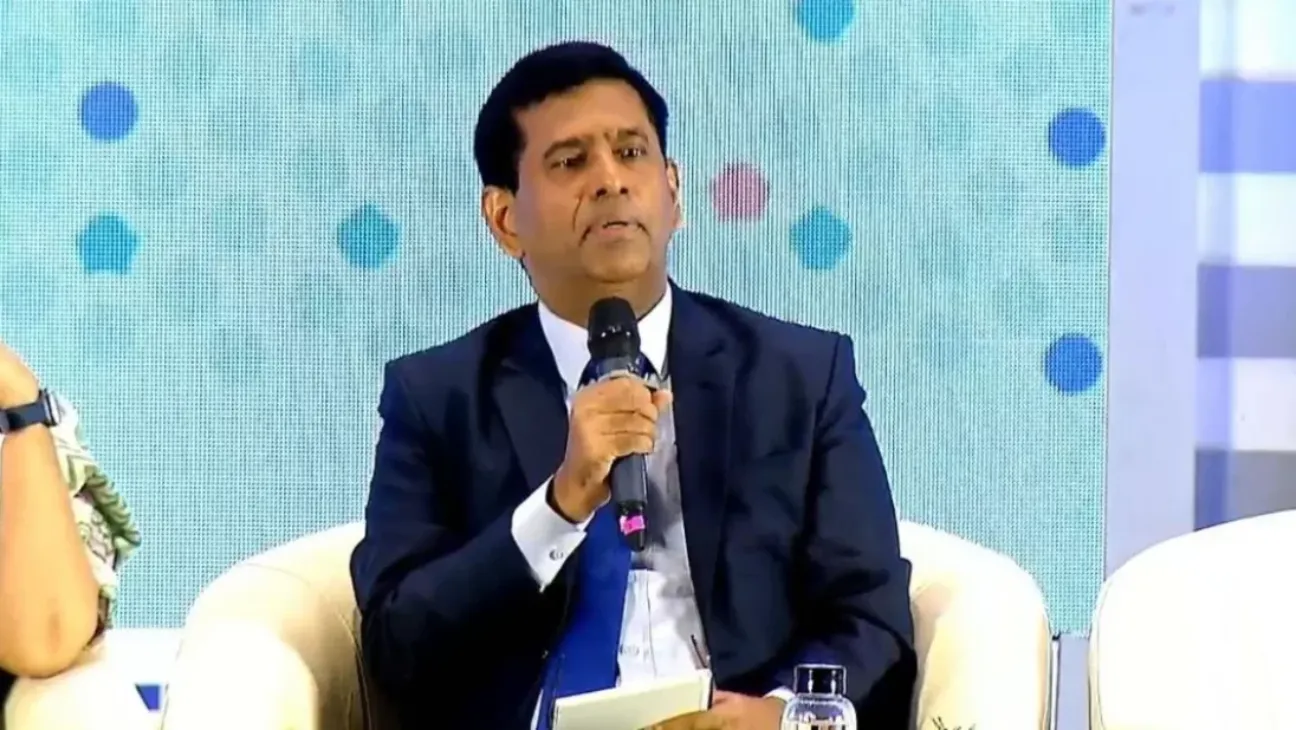In Chandpur, hilsa is more than just a fish. It’s a local identity. A tradition. A reason people travel from across Bangladesh, hoping to taste the freshwater delicacy known for its unmatched flavor.
But for many, that taste is now out of reach.
Hilsa prices have risen sharply in recent months, pushed up by falling production and market manipulation. With fewer fish in the rivers and aggressive pricing at local auctions, hilsa has turned into a luxury item—far from the dinner plates of everyday families.
In a rare move, the Chandpur district administration has proposed that the government fix hilsa prices based on real production, transport, and storage costs.
The idea, they argue, is simple. If the price is fair, more people can afford it.
“We’ve seen how local consumers are being pushed out of the hilsa market,” said a district official. “Even though Chandpur is the heart of hilsa fishing, many residents here can’t buy it themselves. It’s become something only the well-off can enjoy.”
The proposal isn’t just about numbers. It’s about restoring balance in a system where small-scale fishermen say they’re struggling, and large traders often dominate.
“When the nets come back empty or damaged, the loss is ours,” one fisherman said. “Sometimes, even with a big boat, the trip is a loss. There’s no guarantee of a catch anymore.”
Some in the business community disagree with the fixed price idea. They say it won’t solve the real issue.
“You can’t regulate prices for something like fish,” said a local trader. “It’s a perishable item. When supply is high, prices drop. When there’s less fish, the price rises. That’s how the market works.”
He warns that if the government imposes fixed prices, traders may avoid the Chandpur market altogether. “Why would they bring fish here if they can get more elsewhere?”
Still, many buyers say something needs to change.
“Online platforms are charging even more,” said a consumer who bought hilsa through a local app. “It’s not just the market. Now even digital sellers are inflating prices.”
District officials acknowledge the challenge. But they remain optimistic. They say if the ministry calculates a fair base price—factoring in the cost of catching, transporting, and storing hilsa—it can protect both the fishermen and the buyers.
The underlying issue remains supply.
As weather becomes more unpredictable and hilsa breeding cycles shift, catches have declined. And with fewer fish, tensions around pricing grow sharper each season.
While the debate continues, ordinary families in Chandpur and beyond wait and watch.
They still hope to bring hilsa home. Just not at the cost of a week’s salary.
Whether the government steps in or leaves it to the tides of the market remains to be seen.









